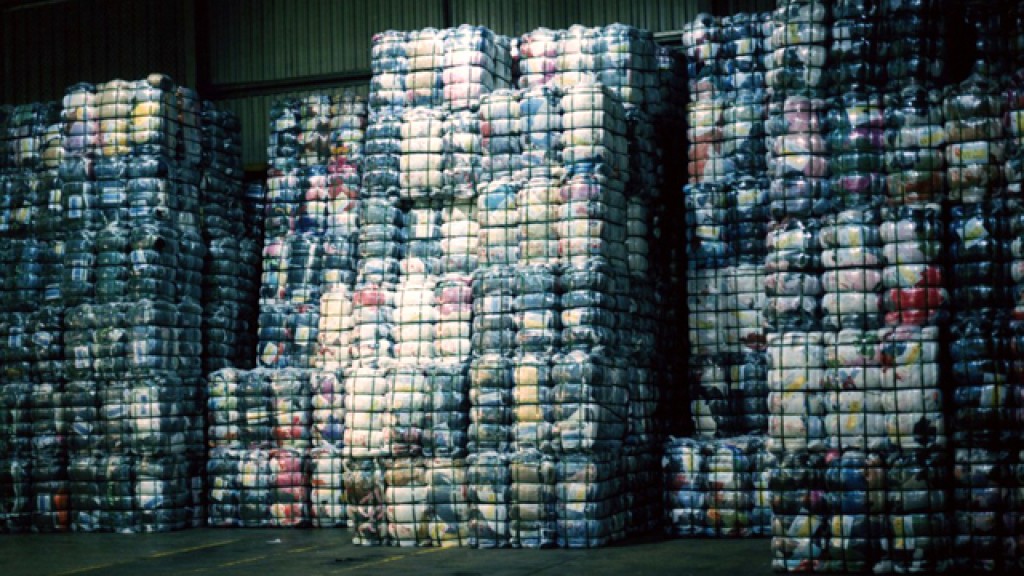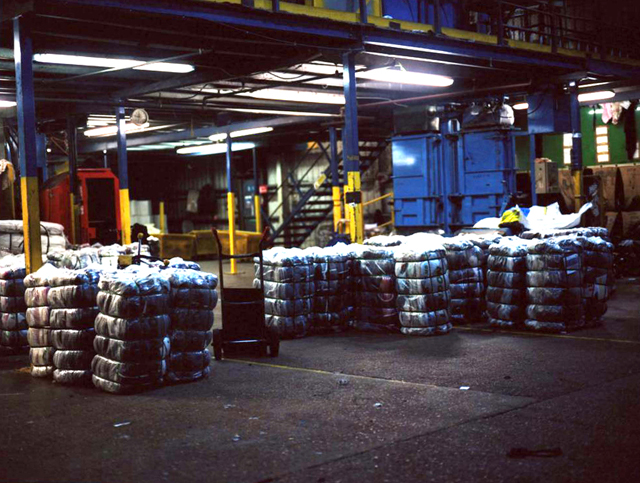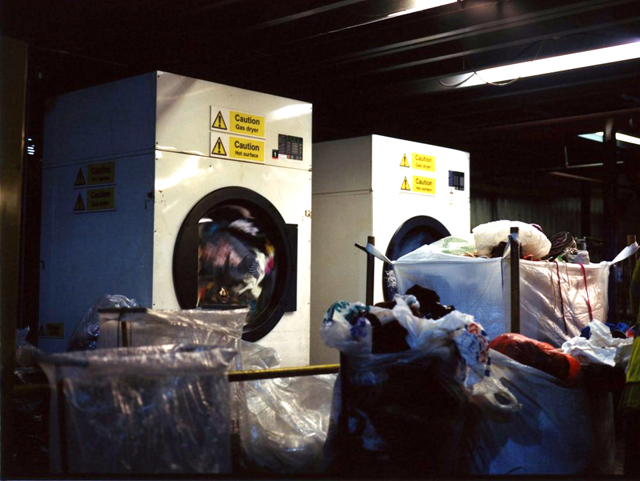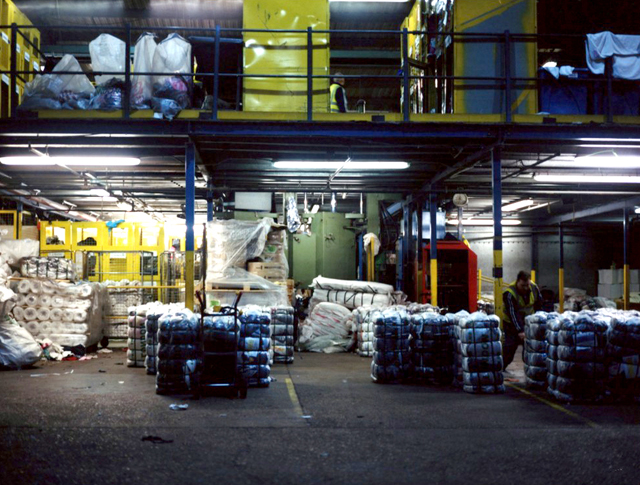
At the end of February, the Great Recovery took a trip to LMB, a textiles recycling facility in East London. After a fascinating tour where we saw a huge quantity of nearly new clothes making their way through the recycling facility, the conversation moved on to fast, disposable fashion. Mark Shayler from TickedyBoo posed the question “Are styles changing because clothes have become so cheap? Or have clothes become so cheap because we now buy so many because styles change?” This led to much discussion amongst the group, and Charles Ross, Performance Sportswear Design lecturer from Falmouth University, had some interesting answers. So Mark and I pounced and asked him to write them all into a blog post for us. Here is his take on longevity and sustainability within the textiles industry:
Request from Hilary & Mark – they think I know things!
Mark’s presentation posed the question ‘are things designed to last: does longevity have a role?’
Hopefully I can flesh out an answer based on the textile answer; we regularly talk of whether Sustainable Fashion is an oxymoron (the answer is that Fashion MUST look good to sell, the fact that it is made from sustainable resources is great – but very few garments will sell for the latter reason).
In recent decades (since clothing manufacturing moved to the Pacific Rim at the end of the 80s) margin has been the single most important thing. There has been a ceiling on the retail price point; retailers have demanded an increased mark-up for their profitability. In my field (outdoor clothing) we used to have a standard mark up of 1.88 (1.6 + vat); now the norm is over 2 quite often 2.5 (for fashion it can be over 3). Moving to overseas production (at a much cheaper rate) did NOT correspond with a reduction of rrp & it is that which has created this price pointing.
Far East manufacturing has also made cheaper fabrics available – these are quite often of a lesser durability (this then encourages the fast fashion of disposable clothes – with a price point that almost makes the dry-cleaning of a garment liable to double the individual’s investment in the product). The fact that garments wear out encourages re-consumption. Even in performance sports we know the most high-tech breathable waterproofs will wear out; 30 years ago we used to just re-coat our shell garments with a new waterproofing solution & it only got replaced when holes had been worn in it. Do you remember how wet you used to get just wearing the stuff that was meant to stop you getting wet from the rain?
The other option that FE manufacture has offered is a greater production run. This has greatly contributed to an increased margin through economies-of-scale manufacturing.
Things are changing – prompted mainly by the introduction of a minimum wage in China. Previously the factory owners got rich; they still do, but now the workers get a living wage (which is accelerating the creation of the middle-class in Asia). This wage is also prompting a relocation of the labour in China: more & more parents will not endure having to live away from their own family for 11 months of the year. This has resulted in more factories now being built inland. All this has happened in the last 3 years, which when combined with the increased demand of consumption to satisfy in their own country, has reduced China’s manufacturing capabilities in the short term (longer term, in an anthropological way, we are half-way through that population wanting to work on production lines).
Contrast this with the benefit of fast fashion: Charity shops are very grateful now of the higher turnover of garments, the more recently trendy garments that enter the 2nd hand market, the lower price points (a top bought for £10 still re-sells for £3: the same price point as a top originally bought for £30), have all added to the popularity of buying pre-owned clothes. At the current time of recession in the UK with retailers wanting to move to bigger out-of-town stores (cheaper rents), combined with the better business rates for charity shops, this has led to the growth of the charity retailers.
Personally I do think Mark has a real point & it should be strived for. In my industry the fascination with ultra-lightweight products (that can wear out after a season) seems to be passing & there is a distinctive move to some very durable product (with a reduced super-performance), with added importance placed on the garment’s provenance. Being influenced by things like ‘How Bad are Bananas’ it is obvious that the greatest footprint is associated with re-manufacture, so I am happy to have a ‘worse’ product that lasts longer. Hilke Patzwall of Vaude (a German outdoor brand more ethical than Patagonia) nailed it at the ISPO conference when she said “if people knew the social & environmental cost of a product: then they would accept a higher price or lower performance”…
All photography by Mayah Parmenter, taken at LMB.









